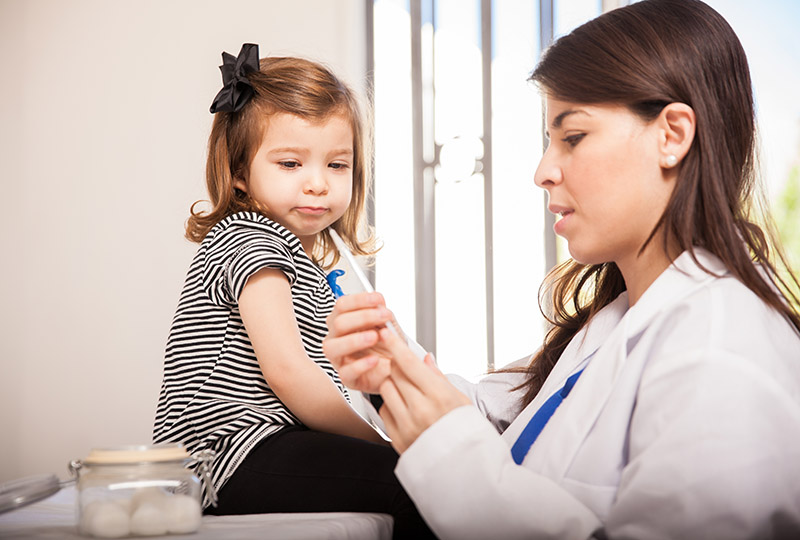The decision to vaccinate kids provides protection for those who are vaccinated and people who can’t be.
Many Middle Tennessee students are starting a new school year in August. This time of the year often means a trip to the pediatrician to get vaccinations up to date. For many parents, this visit can bring anxiety. Questions such as these arise:
- Does my child need every vaccine?
- Are these vaccines really safe?
- Won’t so many vaccines overload my child’s immune system?
For our grandparents and great-grandparents, return to school meant exposure to measles, mumps, chickenpox and bacteria that can cause meningitis. These fears are mostly forgotten in our generation, though we occasionally get a glimpse of what it was like.
I remember when pandemic influenza hit in 2009. As a pediatrician, I know how devastating influenza can be; as a father, I wanted to take every precaution to protect my family. Unfortunately, one of my children developed H1N1 influenza before the vaccine was available. Watching him struggle with a 106˚F fever, I considered how frightening it must have been for previous generations to watch their children suffer from what would become vaccine-preventable diseases.
But questions about vaccines and vaccine safety remain, so let’s look at three reasons why our children (and their parents) should be vaccinated.
1. Vaccines are effective and have improved children’s health. Many of the diseases our parents and grandparents feared greatly are now extremely rare in the U.S., but our successes with preventing diseases such as polio, measles, mumps, rubella and bacterial meningitis can also become our weaknesses. Because these diseases are so rare in our country in the era of vaccines, we lose sight of how deadly they can be. It’s all too easy to grow complacent about vaccinating.
2. Some children and adults can’t be vaccinated and rely on those who can for protection.
Many of us have friends with cancer, friends who have a child receiving chemotherapy, or friends with a child whose immune system did not develop normally. For them, some vaccines can be ineffective or even harmful. By vaccinating ourselves and our children, we can help protect them from infections that could otherwise be deadly. (For a very well written op-ed on this topic, look for Steven Weinreb’s 2011 contribution to the New York Times.
3. Currently licensed vaccines are rigorously evaluated and are very safe.
There are three common synonyms for safe.
The first is harmless, although nearly all of us have had a mild reaction to a vaccination such as a sore arm, a fever or aches. Immunizations can cause these kinds of responses and therefore can’t be considered 100 percent harmless, but compared to everyday activities such as driving and crossing the street, getting vaccinated is very low-risk. For instance, in a large study of more than 7 million vaccine doses of all kinds, only 5 episodes of severe allergic reactions (anaphylaxis) were seen (as pubished in the journal Pediatrics, Vol. 112 No. 4 Oct. 1, 2003). Even though such serious reactions are rare, researchers and providers constantly watch for them so that we can understand why they happen and prevent them.
A second synonym is reliable. Rigorous research has shown that the side effects of current vaccines are very reliable. In fact, they’re so reliable that many experienced nurses and doctors can identify the vaccine that a child received merely by the pattern of fever, arm soreness or redness. It’s reassuring to have clear expectations of what will happen after each particular vaccine.
The third common synonym is protected. This is the real benefit of vaccination. It’s one of the most successful public health interventions in human history, and every day we reap the benefits.
This post was written by Buddy Creech, M.D., a board-certified pediatric infectious diseases specialist at Vanderbilt. His professional life is split between seeing patients, running a research laboratory, conducting vaccine research through the Vanderbilt Vaccine Research Program, and teaching in the medical school.

